The problem of economic growth is one of the most important in the world. Ways of stimulation and existing types of economic growth are the subject of numerous studies that consider long-term processes in the sphere of production and consumption, their results and consequences.
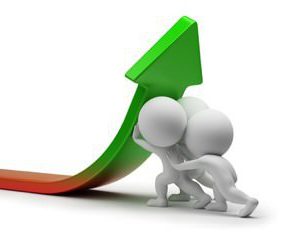
Concept of economic growth
In a simplified form, economic growth is understood to mean an increase in production in the national economy over a certain period, as well as an increase in the gross domestic product of the country's economy. For the first time, the nature and types of economic growth became the subject of analysis at the beginning of the 20th century, although K. Marx wrote 30 years before about the increase in production forces and was one of the forerunners of this theory.
The problem of defining the concept of economic growth is that the differences between development and growth are not always taken into account. So, the founder of the theory of economic growth, Joseph Schumpeter, argued that growth is exclusively quantitative indicators, and qualitative characteristics can only be associated with development. Later, scientists began to include in this concept not only an increase in production, but to a greater extent an increase in living standards. This caused considerable confusion, since these indicators had to be measured using different methods, and they could not be reduced to a single denominator.
It became even more difficult to define a concept after the appearance of such formulations as innovation and the development of human capital in the economy. All this led to the emergence of an extremely generalized definition: economic growth is a qualitative and quantitative improvement in production, an increase in the national domestic product, and an increase in the quality of life of the population, which stimulate the economy and help solve the problem of limited resources. This broad definition allowed scientists to further explore the concept and types of economic growth, taking into account modern realities.
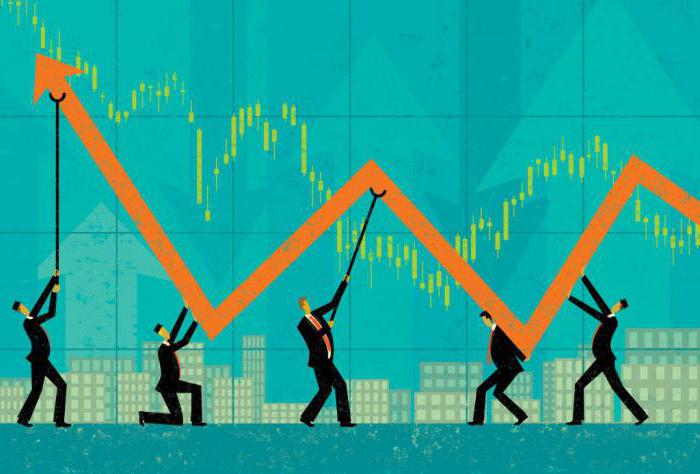
Theories of Economic Growth
At different times, economic growth, the concept, types, indicators became the subject of research by different scientists and led them to dissimilar results. As a result of this, the basic theories of economic growth appeared: neoclassical and neo-Keynesian.
The basic premise of all theories is that growth is driven by two factors: labor and capital. It is difficult to influence labor from outside, but capital is managed investment policy.
Neoclassical theory was formed in the last quarter of the 19th century, Marshall, Fisher and Clark explore the behavior of a person who seeks to reduce costs, costs and increase income. The theory is based on the concepts of supply and demand and is a liberal concept that preaches the idea of a self-regulating market. Neoclassicists believed that the economy itself is able to stimulate itself to growth, without government intervention. Companies that use available resources can provide potential growth in the face of existing competition. Classics believed that for the growth of the economy it is necessary to increase the supply. The theory was adopted by the governments of developed countries, but did not bring the expected results. The economic crisis that erupted in the 1930s and 1940s required a revision of theoretical principles. So a new branch of neoclassicism and neo-Keynesianism appears. Economic growth: the concept, indicators, types, factors, have become the subject of heated scientific discussions.
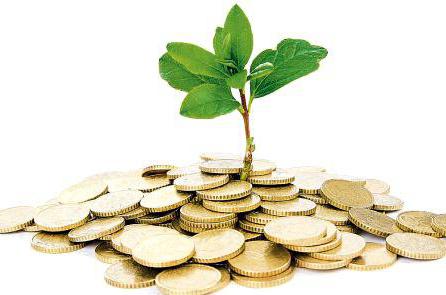
Keynesianism has developed in controversy with the neoclassical. Keynes proposed overcoming the crisis by allowing government officials to intervene in the economy. He formulates the postulates of macroeconomics, which are based on "common sense." Unlike the classics, Keynesians propose to proceed not from supply, but from demand and attach key importance to investments. They substantiated the regularity of the emergence of crises, and recognized the budget policy as the main tool for overcoming them. After World War II, neo-Keynesianism appears, which in the person of Roy Harrod develops a theory of economic growth based on the position that the national economic recovery is closely linked to consumption and saving.
These two theories today coexist and form the basis of the macroeconomics of modern civilization. The contradictions between them have not been removed, but it is precisely in the controversy that productive solutions are born.
Economic growth factors
Theorists link economic growth, the nature, types, factors of economic development with three groups of phenomena. They were formulated at the time of the first macroeconomic theories, and in different concepts each of them can be recognized as the leading one. Types and rates of economic growth depend on demand factors offers and distribution. For growth, the economy needs resources and precisely what they consider and the approach to the formation of macroeconomic policies depends on.
In general, growth resources are very limited; these include renewable and non-renewable resources that are used to create an internal product. The problem of economic growth factors was solved by many outstanding scientists: Robert Merton Solow (Nobel Prize winner), Edward Denison. Each of them offered its own set of factors. So, Denison discovers 23 factors, some of which relate to labor, one to the earth, and 14 to the possibilities of scientific and technological progress. He believed that the guarantee of growth was an increase in the quality of production aspects and most of all he singled out the factor of labor formation. There is a classification of factors of economic growth, according to which they are divided into direct and indirect, depending on the method of influencing the indicators of increase. The direct ones that determine the dynamics of supply and demand include:
- improving the quality and quantity of labor resources;
- improvement of fixed capital indicators;
- improvement of organization, production management and technology;
- improving the quality and quantity of resources involved in the economy;
- growth and stimulation of entrepreneurial activity.
Indirect ones include: reducing the monopolization of markets and taxes, expanding the ability to attract credit and lowering production prices, expanding export opportunities and increasing consumer, government and investment spending.
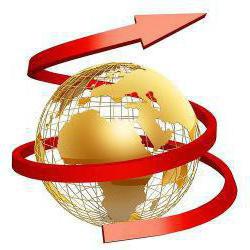
Another classification comes from three areas that affect the growth of the economy, each in its own way. Demand factors affecting the full use of resources are traditionally ranked as:
- price level for goods and services;
- net export volume;
- government, consumer and investment spending.
Proposal factors include:
- quantity and quality of natural resources available for production;
- state of labor reserves;
- fixed capital and technology.
The distribution factors that ensure maximum production of the demanded products include:
- management effectiveness;
- rationality and soundness of the use of resources;
- their mobilization;
- the possibility of redistribution of funds;
- an effective revenue distribution system;
- an efficient system for utilizing the reserves involved in the turnover.
Historical background
Economic growth, nature, types, factors of economic development are unstable, but change over time.A brief history of economic growth is as follows. For the first time, a financial recovery was recorded after the industrial revolution in England at the end of the 18th century. Then began a rapid increase in production by attracting various resources. The main types of economic growth developed by the beginning of the 20th century. Significant progress continued with varying success until the global crisis of the 30-40s, the way out of which in the USA was the modernization of the economy and the transition to its intensification.
After the Second World War, the countries of the West went the same way. In the 70s of the XX century, labor productivity in the USA ceased to be a growth driver, and the development of the human environment and the costs of solving environmental problems come to the fore. In Europe, modernization processes begin later, since there was a sustainable aggregate demand. At the end of the 70s, economic growth in all developed countries began to slow down, this was due to a decrease in labor productivity. In the 80-90s, the economy reoriented to energy-saving technologies, as these resources have a significant impact on economic growth.
Towards the end of the 20th century, the world begins to decline, which has resulted in a series of financial crises that still have a negative impact on the development of the global economy. The struggle for economic growth becomes literally manic and world governments are starting to use the tools offered by both neoclassical and neo-Keynesian schools. However, it is obvious that a quantitative increase by attracting new resources is becoming less and less possible, and therefore it is necessary to develop and modernize the economy in order to achieve the desired growth.
The main types of economic growth
The evolution of approaches to the development of the economy and its natural formation leads to the fact that there are two main types of growth. Traditionally, the types of economic growth include such varieties as extensive and intensive. Each of them is due to a number of factors, primarily, the current level of economic development.
The main types of economic growth are basic approaches to the use of resources and to the orientation of the economy on supply or on demand and distribution. From a historical perspective, you can see that these types are evolutionary stages of economic development. Economic growth: the concept, factors and types of real world economies often cannot be easily assigned to one or another group, as developed powers strive to use all opportunities to increase growth.
Extensive type
Historically, the first types of economic growth are extensive. The economy has mastered more and more resources: land, production capacity, raw materials, labor. This gives the result as long as there is a reserve for mobilizing resources. But as you know, any resource is finite, therefore, this path is not ideal. This type was oriented on the offer, the basic position: consumers are ready to use any number of goods and services if they meet their needs. It was in this way that the economy achieved significant growth in the 19th century.
The advantage of this way is its cheapness and simplicity, but up to a certain time. So, the United States in the late 90s, it withdraws almost all types of production to countries with cheap labor resources, but this technique could not be used for a long time and had many negative consequences. The disadvantages of this approach are that the technical equipment of production is left without investment and attention, which leads to a decrease in labor productivity. When resources become inaccessible, the method of extensive development becomes very costly and unprofitable. Thus, the resource consumption in this model is several times larger than in modernized economies.
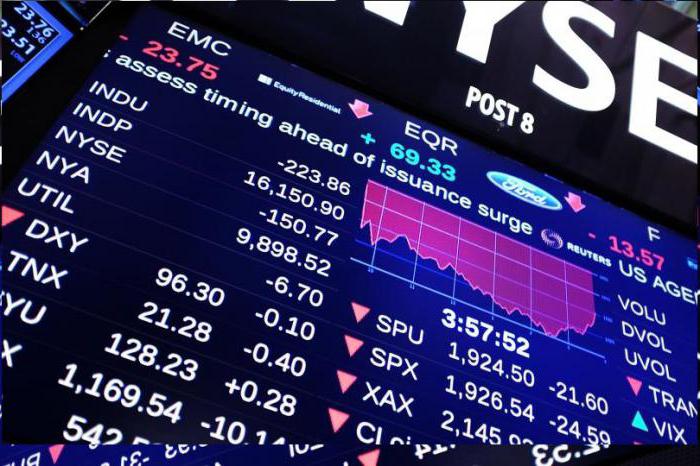
Intensive type
More progressive types of economic growth are built according to the intensive version. The peculiarity of this approach is that it is focused on demand and therefore the economy seeks to saturate the market with high-quality, modern and consumer-friendly products. The main growth tool is market development through modernization of production, improvement of management, staff development. This is a more complex type of economic growth; it requires well-considered strategies and large investments in stimulating scientific and technological progress. The advantage of this type is the ability to overcome the inevitable shortage of resources. And even the policy of resource conservation becomes a mechanism to stimulate growth. The biggest drawback of this approach is the complexity of its application: it is impossible to switch to intensive production at one moment, this will require very large and competent investments. Thus, we see that for several years Russia has been trying to switch to this type, but so far to no avail.
Measuring Economic Growth
Traditionally, economic growth, indicators, factors, types are evaluated in different values. Typically, quantitative and qualitative, dynamic and static measurements are distinguished, giving an idea of the development and the current situation in the economy. The dynamic include the growth rate for any period, and the static - the level of economic development at some point. The main indicators of economic growth are the growth rate, rate of increase and development rate. The calculation of these quantities occurs through an estimate of GDP. Typically, high, zero and negative growth rates are distinguished, which are taken as outgoing estimates to identify the general situation in the economy.
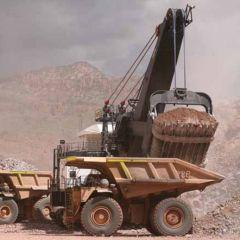
Main problems
Researchers study the nature and types of economic growth in order to identify effective mechanisms for stimulating development and the obstacles to it. The global challenge associated with the desire to achieve growth is the depletion of Earth's resources and their finiteness. Therefore, economists need to find other methods of stimulating growth, in addition to mobilizing resources. At the same time, the increasing role of technologies in production leads to such a problem as dehumanization: the role of a person in production is reduced to the level of service personnel, and this does not allow for self-realization and leads to great social difficulties.
Social and economic implications
Today there are many critics of the theory of the positive impact of economic growth on world civilization. The main complaint is that in the pursuit of profit, producers are depleting resources: land, water, natural potential, the replenishment of which is problematic with the current population growth. Exhaustion already leads to social conflicts. Researchers say the Earth is entering an era of resource wars, and they will only become hardened.
Growth stimulation today is associated with the improvement of the structure, the development of technologies, the automation of production, and this leads to the release of the population from the production sphere and increased requirements for staff qualifications. In other words, this strategy leads to the fact that a large number of specialists remain unclaimed.
